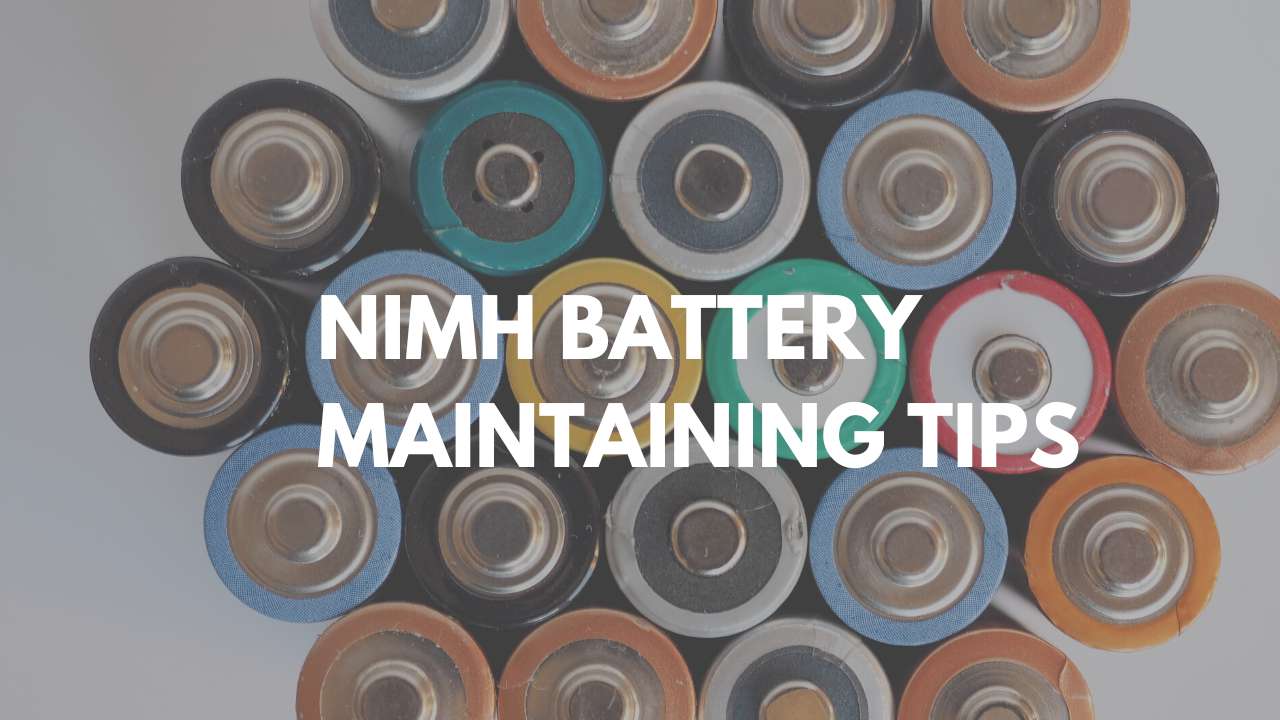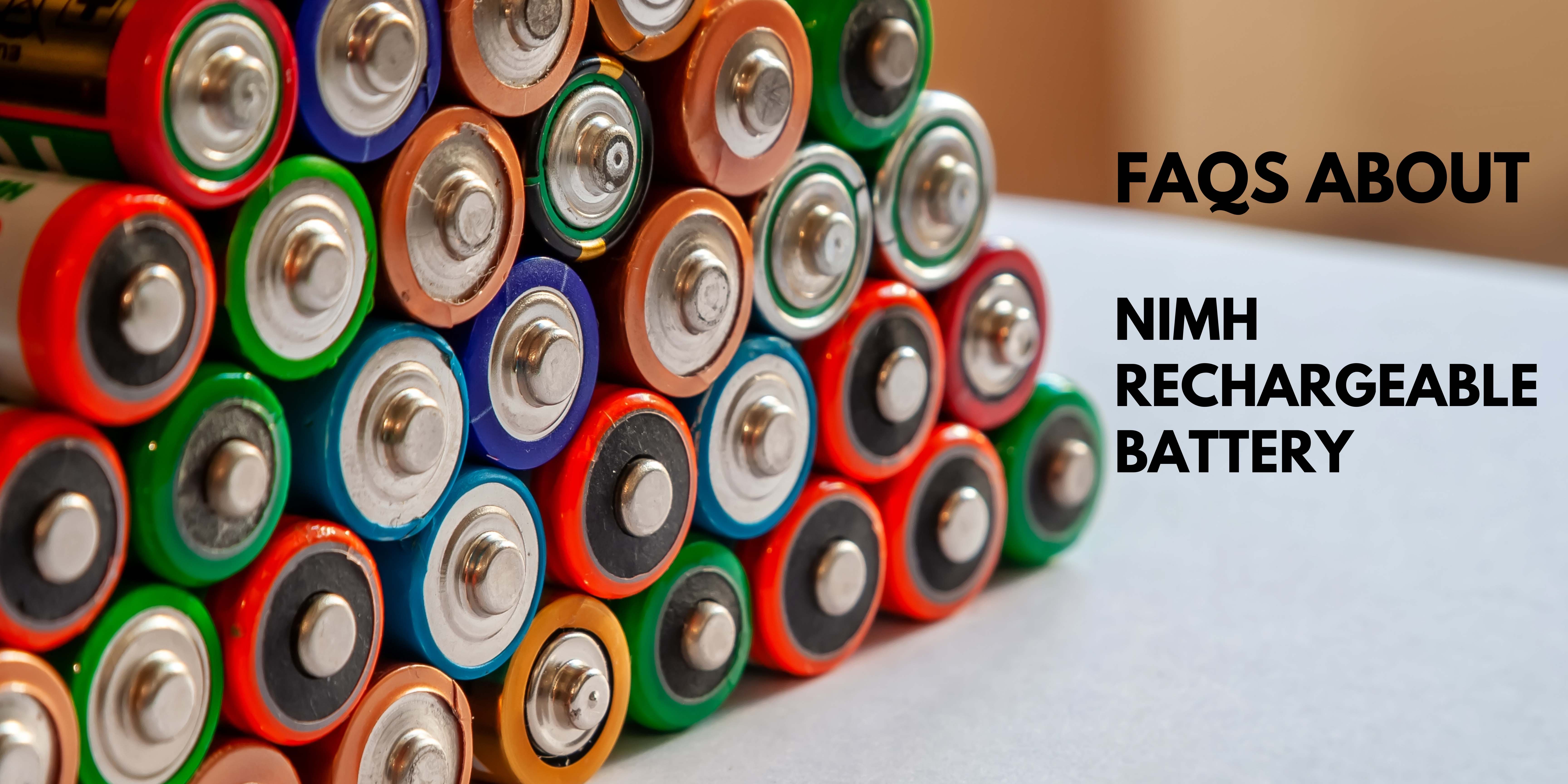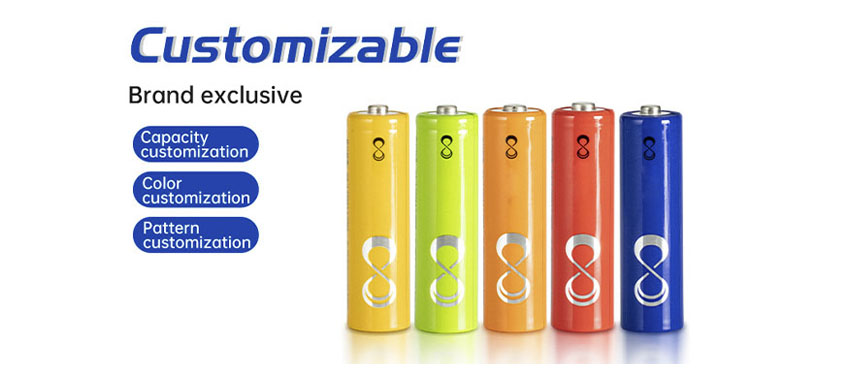NiMH (Nickel-metal hydride) rechargeable batteries offer a great solution for powering consumer devices in an economical and eco-friendly manner. However, NiMH batteries require some basic care and maintenance to maximize performance and lifespan. This article provides some useful tips for maintaining your NiMH batteries and addresses frequently asked questions.
NiMH Battery Maintaining Tips

Charge before first use - Always charge new NiMH batteries fully. New batteries typically only come partially charged, so the first charge activates the battery and allows it to reach full capacity.
✸Use a compatible charger - Only use one specifically intended for NiMH batteries. A charger for other battery types like Li-ion or alkaline will not charge or damage the NiMH battery. Standard chargers for AA and AAA NiMH batteries are widely available.
✸Avoid overcharging - Do not charge NiMH batteries for longer than recommended. Overcharging can reduce the lifespan and charge capacity. Most NiMH chargers will automatically stop charging when the battery is full, so only leave batteries in the charger until the charger indicates they are fully charged.
✸Allow periodic full discharge - It is a good idea to discharge and recharge your NiMH batteries periodically fully. Allowing a full discharge about once a month helps keep batteries calibrated and performing at their best. Be careful not to discharge batteries for too long, however, or they may become damaged and unable to take charge.
✸Do not leave discharged - Do not leave NiMH batteries in a discharged state for extended periods. Recharge discharged batteries as soon as possible. Dealing with them for weeks or months can damage the battery and reduce capacity.
✸Avoid extreme heat or cold - Store NiMH batteries at room temperature. Extreme heat or cold can accelerate aging and reduce performance. Avoid leaving batteries in hot or cold environments like vehicles during hot/cold weather.
FAQs about NiMH Rechargeable Battery

In summary, following basic tips on maintenance, storage, and handling will help keep your NiMH batteries performing optimally and safely for years. Always charge before first use, avoid over/under charging and allow periodic full discharge cycles. Keep batteries at room temperature, recharged, and ready to use. With regular use, most NiMH batteries will provide 2-3 years of reliable service before needing replacement.
Q1: How to recycle NiMH batteries?
A: NiMH batteries are cycled at least 3-5 times or more to reach peak performance and capacity
Q2: How to test the rechargeable Ni-MH battery?
A: Use the multimeter or voltmeter method to test. It is fully functional if your battery is tested when fully charged and reads between 1.3 and 1.5 volts. A reading below 1.3 volts indicates that the battery is not functioning below optimal levels, and a reading above 1.5 volts indicates that your battery is overcharged
Q3: Does storing batteries in the refrigerator extend battery life?
NiMH batteries should generally be stored in a dry place with low humidity, no corrosive gas, and a temperature range of -20°C to +45°C.
But there are fairy tales that you can put the batteries in the refrigerator to make them last longer; you need to put them in the refrigerator for about 6 hours. This process will bring the battery's "charge capacity" to 1.1 or 1.2 volts. After this, remove the batteries from the refrigerator and let them warm up for a while before using them. After this, you will see the battery working like new. Rechargeable batteries have improved significantly. Weijing NiMH batteries hold 85% charge at a time for up to a year - no refrigerator required.
Q4: How long can NiMH batteries last?
A: NiMH batteries generally can last up to 1,000 charge cycles. This number will be lower if the battery is infrequently used and charged.
Q5: Can NiMH batteries be overcharged?
A: Overcharging NiMH batteries will lead to permanent loss of capacity and cycle life, so NiMH batteries need to be charged reasonably
Q6: Where are NiMH batteries used?
A: Various consumer electronic devices include cellular phones, cameras, shavers, transceivers, computers, and other portable applications.
Q7: How to bring the NiMH battery back to life?
A: To restore the battery's vitality, the battery must be shocked to break the crystal and cause a short circuit
practice. Insert the NiMH batteries into the charger and let them fully charge. The safest thing to do is to let them charge overnight so you know they're fully charged. Do the whole process again. After charging the battery after the second full discharge, they should work fine.
Q8: Do NiMH batteries lose charge when not in use?
NiMH batteries will slowly self-discharge when unused, losing about 1-2% of their daily charge. Due to self-discharge, NiMH batteries will typically be nearly depleted after a month of non-use. It is best to charge batteries before storing them to avoid them becoming fully depleted.
Q9: Is it bad to leave NiMH batteries in the charger?
Leaving NiMH batteries in a charger after charging is complete is safe, but not for extended weeks or months. While chargers stop charging once batteries are full, leaving them in the charger long term can lead to heat exposure that accelerates aging. It is best to remove batteries once charged and store them at room temperature in a dry location.
Q10: Can NiMH batteries catch fire?
NiMH batteries are much safer than alkaline and Li-ion batteries and have a much lower risk of overheating or catching fire if misused or short-circuited. However, any rechargeable battery can overheat if overcharged or in contact with metal objects. NiMH batteries have an exceptionally safe track record with proper usage and charging.
Post time: Oct-23-2022






